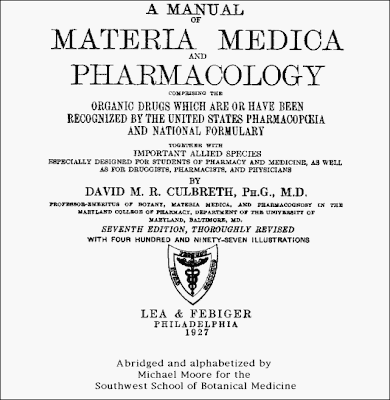Clinical Trial of Homoeopathic Preparations of Amyleum Nitrosum, Azathioprine, Cocainum Muriaticum and Cyclosporine in HIV Disease- a study report
This Clinical study was undertaken under guidance of Dr. V.P. Singh ,Central Council for Research in Homoeopathy , New Delhi at the RRI, Mumbai (May, 1989) and CRU, Chennai (October, 1991) by CCRH to ascertain whether homoeopathy can play a role in the treatment and management of HIV infection . The results obtained during the pilot study prompted a randomized placebo controlled study at Mumbai (1995-97). The results of the study were published in the British Homeopathic Journal (1999).
In between April 1998 and March 2003 , 237 HIV infected individuals including, 96 Females and 8 children less than 10 years of age were enrolled in the study .Three of these individuals were suffering from concurrent Hepatitis B infection and 2 were reactive to VDRL . Amyleum Nitrosum, Azathioprine, Cocainum Muriaticum and Cyclosporine were primarily used as medicines under trial . Other Homoeopathic medicines were used only during seasonal minor ailments based on presenting signs and symptoms.
Assessment of Outcome :
- The response to the treatment was assessed at the end of the study and was based on the change in clinical presentation
- The response to treatment was also assessed by the haematological and immunological investigations such as CD4/CD8 counts
- Most of these investigations were conducted at the Council’s HIV Research Lab.
Download the report in power point presentation .









